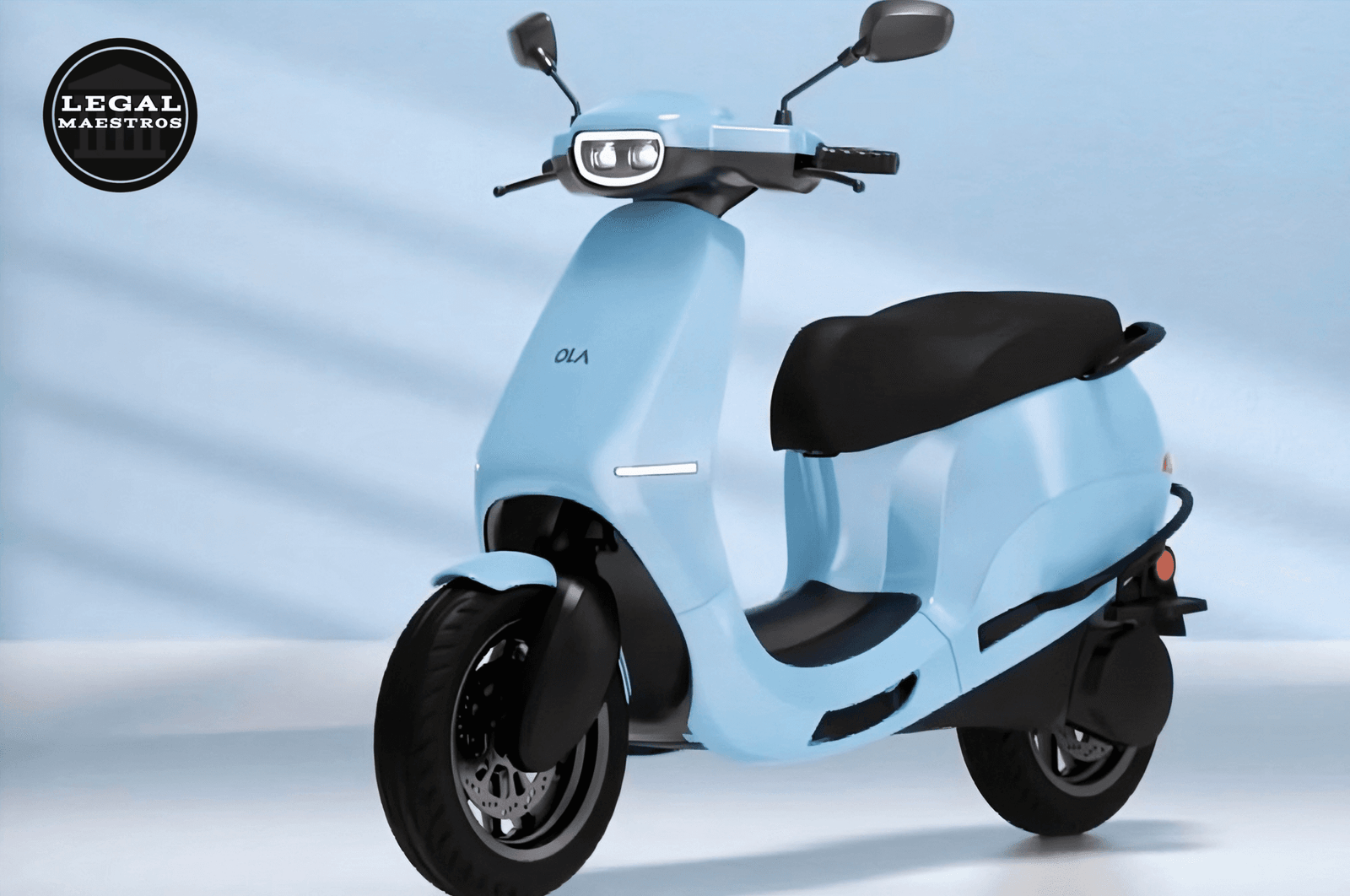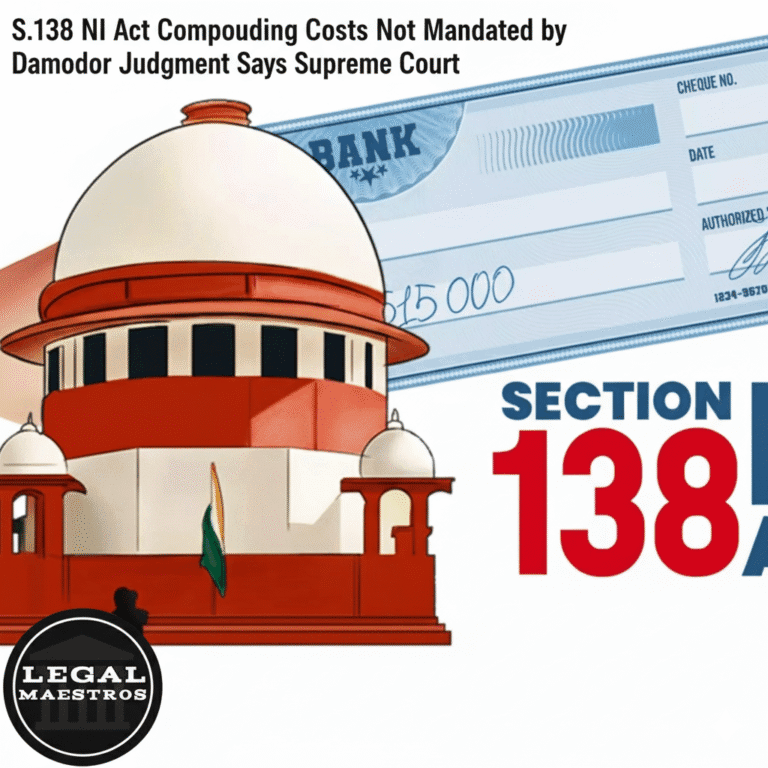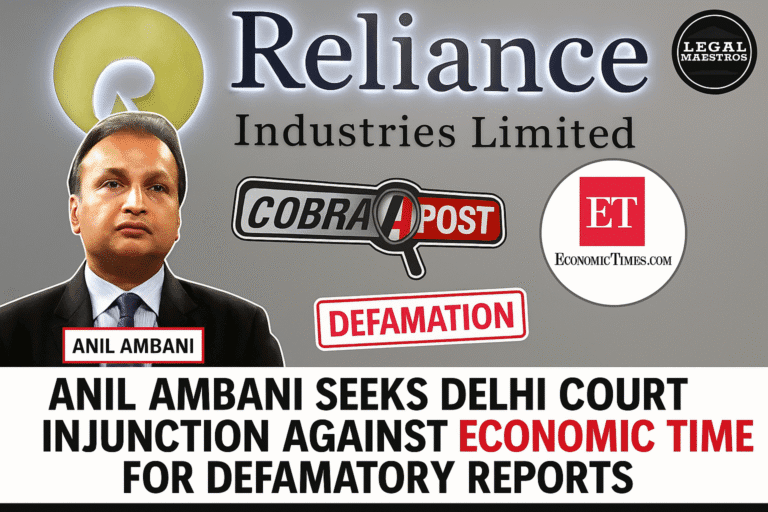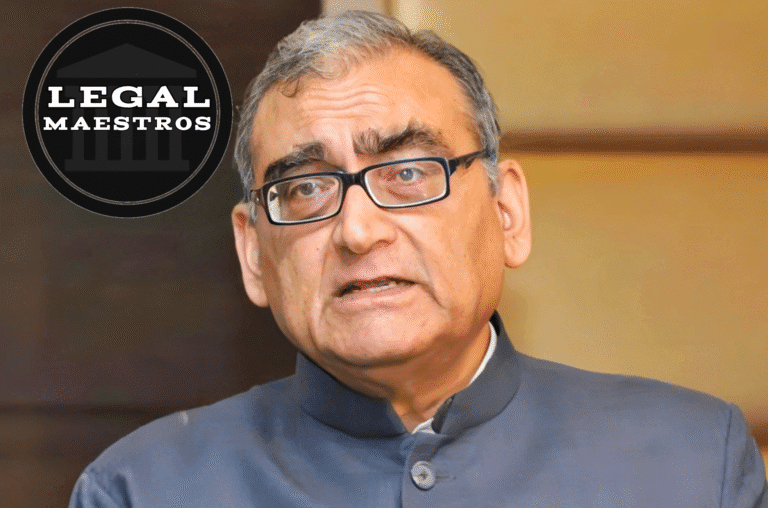
The Indian electric car market is a tale of innovation and hope and companies such as Ola Electric are leading the pack in the current direction Nevertheless, with the escalating industry comes increased protection especially for consumers who are at the receiving end of service lapses and extended waiting times. Consumer lawsuits and complaints against Ola Electric continue to use the case as a test case to test the effectiveness of India’s consumer protection system. This paper shall explore the role of the Consumer Protection Act, 2019 (CPA, 2019) as an important mechanism that will allow consumers to achieve timely redress and holding companies accountable, and how companies, including those operating in an innovative, different or new industry or sector, can no longer afford to ignore their consumer obligations.
An Overview of the CPA, 2019 The Foundation for Consumer Rights
The Consumer Protection Act, 2019 is a piece of legislation that is groundbreaking and that replaces the earlier Consumer Protection Act, 1986. It was passed with a view to having a more modern and competent process to protect the interests of consumers. The rationale behind the law is that the consumer is king and under the act, consumers are armed with a series of rights, one of them being that the consumer has the right to seek redress against unfair trade practices and deficiencies in services which would be particularly relevant to this discussion.
The CPA, 2019, brought some major modifications with the aim of enhancing the position of the consumer:
For any queries or to publish an article or post or advertisement on our platform, do call at +91 6377460764 or email us at contact@legalmaestros.com.
- Broader Consumer Definition: The Act defines a consumer beyond the business of online transactions, teleshopping and multi-level marketing, laying the e-commerce platform and digital services providers such as Ola Electric in its sights squarely.
- Setting up of the Central Consumer Protection Authority (CCPA): The CCPA is a newly introduced consumer regulatory body and has a long-ranging consumer protection and promotion authority that it may use. Contrary to the old act which was principally reactive, the CCPA allows proactive investigation into enforcements, product recalls and fines occurring against misleading adverts and unfair trade practices. This is especially applicable in the scenario of Ola Electric because the CCPA already took the matter to the company after receiving many complaints.
- Introducing Product Liability: The other important addition is the concept of product liability that makes manufacturers, service providers or sellers responsible for any damage or injury due to a defective product released or service flaws. This implies that consumers do not need to establish negligence within the firm, but prove that they have been harmed by the flaw or failure of service.
- Easy Dispute Resolution: The Act simplified the protest process so that complaints can be filed by e-mail. It also brought in the aspect of mediation which is an alternative mechanism used in various forms of dispute resolution with the motive of giving a quicker as well as friendly settlement of the dispute.
Lack of Service: The basis of the Ola Electric Issues
As many of the complaints mentioned against Ola Electric by different media sources and legal outlets indicate, one of the major issues is that of a deficiency in service. According to the CPA, 2019, a deficiency is considered a fault, imperfection, shortcoming, or inadequacy in the quality and nature and manner of performance of a service. To Its Ola Electric customers, this is a broad spectrum of problems:
- Poor retention: Delayed and lack of proper after-sales service is a common claim that has been made. In the case of a product that is a mode of transport that is necessary, seriously inconvenient and costly delays can be created.
- Duplicates of Repair and Repetitive Problems: It has been reported by many consumers that after numerous repair visits, the same faults in their scooters especially the battery and other parts would not be properly addressed. This is indicative of a greater problem with a faulty service.
- Unfair practices, like charging during warranty, etc: This has been reported by some of the customers being charged a repair fee when scooter is under warranty. This demonstrates a very blatant manifestation of unfair trade practices and goes against the terms of the sale.
- Refunds and records not provided in a timely manner: These consumers who have tried to claim a refund or a substitution for a broken scooter have repeatedly encountered a lack of willingness to provide information and a huge amount of time needed to process an exchange.
All these problems can be classified as lack of service according to the CPA, 2019. The Act clearly defines that an individual who is a service provider shall be held liable in case it does not perform a service in the same way it was under such an agreement to perform the service.
The Mandate of Redressal and Accountability in a Timely Fashion
CPA, 2019, does not only intend to pre-determine the rights of the consumer, but also provides the ability to use such rights in time. The legislative act and the rules that are provided along with it imply a defined course of action to be taken in order to punish companies and allow consumers to demand justice.
For any queries or to publish an article or post or advertisement on our platform, do call at +91 6377460764 or email us at contact@legalmaestros.com.
- Liability via the Consumer Commissions: The Act gives consumers a three-level non-judicial mechanism of filing complaints, which are the District, State and National Commissions. Such commissions can direct the firm to reimburse the price of the commodity as well as compensate for mental suffering and economic loss besides fines. The judicial system has significantly joined the game of punishing Ola Electric with various commissions around India directing the latter towards compensating both the purchase price of a defective scooter and paying compensation regarding the inconvenience suffered by the consumer.
- Dispute resolution timelines: The CPA, 2019, puts an emphasis on quick resolution. Although this is not always practical in practice, the view of the law is to prevent such long litigation as has taken place in times past. An example is the introduction of mediation, which is aimed at offering faster settlements.
- Proactive Intervention by the CCPA: It is a big development when the Central Consumer Protection Authority decides to file a “class action” against Ola Electric. It is a step away from complaints being made by an individual and towards a group-based approach where the authority gets involved and defends the interests of a large number of consumers who face nearly identical problems. This brings a lot of pressure on an organization to eliminate systemic issues as opposed than only dealing with complaints as they arise.
An Epiphany for the New-Age Economy
Ola Electric The long drag of consumer litigation against Ola Electric is not only an issue of company-specific concern, but the message that it carries cannot be more pertinent to the significance of consumer protection in the Indian rapidly-adapting market. Consumer Protection Act, 2019, is an effective and all-inclusive law that equips consumers with legal means of combating service shortcomings and demanding accountability.
The message is obvious to companies, particularly those in the tech and e-commerce sector; innovation and high-intensity marketing should be guided by solid consumer welfare perceptions. Mistreating after sales service, not paying attention to products defects and hardship of customers will not be condoned. The consumer has the law on his/her side and with active groups such as the CCPA and a more simplified legal code, consumers are more able than ever to force corporations to deliver on what they promise. Legal fights against Ola Electric are likely to become the landmark of the whole electric vehicle sphere and beyond because by turning to the digital age, the reputation and the success of a company are consistent with consideration of user rights.






